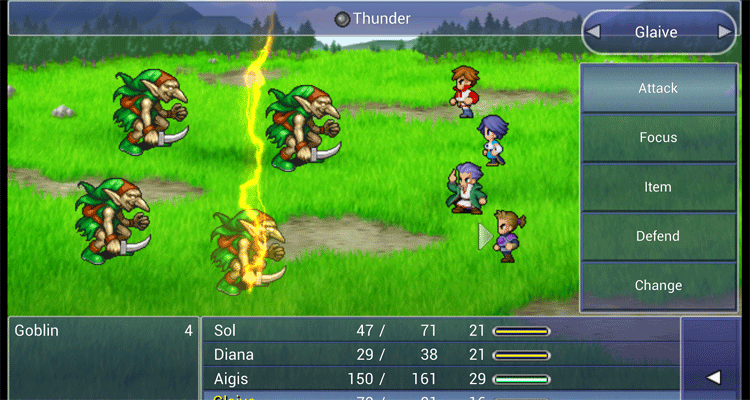Modern Video Games: Children of Fantasy Geeks and Pixels

Heads bopping back and forth for hours, gazing at a TV screen, in houses all across the country — it was amazing! The wonder of playing Pong at home for the first time seems incomprehensible compared to the video gaming that computers such as Lenovo’s new laptops are capable of today. When you realize this was your grandparents age, it’s pretty mindblowing. Even more amazing is the convergence of technologies and disciplines it took to make video games what they have become. You could get into a big argument over whether the true ancestors of current video gaming were Pong and Pac-Man, or a cult-followed tabletop collection of three role-playing guidebooks, called Dungeons and Dragons.
Separate Beginnings
Video game history starts in 1947 — about the time the Cold War began. Then, as Bloomberg reports, a pair of inventors patented a Cathode Ray Tube Amusement Device. Players placed clear plastic sheets with targets printed on them over a TV picture tube, and directed beams of light to hit the targets. That fell as far away from modern video games as role playing games of the day fell from Dungeons and Dragons. Those miniature warfare games were strategy exercises employing mathematical formulas and a variety of dice to recreate historic battles.
It took 25 years for any really marketable video games to reach the market. Most people saw them in movies before they saw these limited release games in arcades. Computer Space, with a screen display appearing similar to the later Asteroids, had been produced in 1971, but still seemed futuristic two years later when IMDB.com says it made a cameo appearance in the film “Soylent Green.” Another early film star was Pong, which took a bow in 1974’s “The Parallax View.” Meanwhile, socially withdrawn number crunchers with rich imaginations gathered their alter egos as wizards, princesses, thieves, and warriors around tables for entire weekends. By then, these fantasy gamers had models of their characters, and often three-dimensional landscapes on which to move them around.
The mental demands of Dungeons and Dragons limited its audience. Involving multiple dice of diverse shapes with complex calculations to determine any outcomes, it challenged players who wanted faster action. Hard as the math was, the imagination could demand even more. The best players maintained their characters for the entire period of the game.
Computers faced similar challenges in computing ability. Both display capacities and their ability to calculate actions lagged behind the market’s demand for both action and interactivity. Air hockey and foosball were then still as popular as many video games in arcades.
Computers and Imagination Marry
That began to change with 1983’s fully animated Dragon’s Lair by Don Bluth of “American Tail” fame, according to IMDB.com. Laser disc technology permitted multiple player-driven plots. It was the first truly interactive video game to reach arcades — at least, the first with a plot that the user was able to help shape. D&D fans could be a real knight facing off against a genuinely scary dragon to save a princess lovelier than any prom date they would ever get. As the 1980s advanced, computers got more powerful, and technology got more affordable, the range of video games expanded, but it took a global crisis to make the biggest difference.
With the end of the Cold War, the government opened the Internet — which it had primarily developed as a defense resource — to the private sector. The flood of investment brought in during the 1990s made it seem like connection speeds and microprocessor speeds were in a race to keep up with each other. Now, laptops are able to let gamers fight dragons, or even each other, in Massive Multiplayer Online Games. These have completely developed virtual environments, no math necessary, and high definition images instead of just pixels bouncing back and forth.



